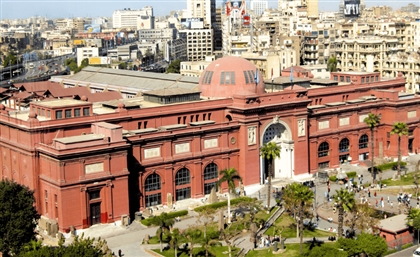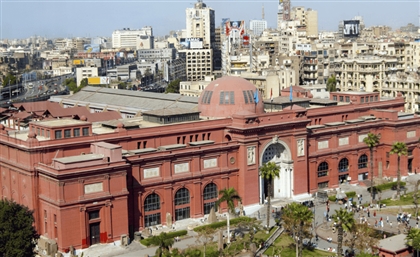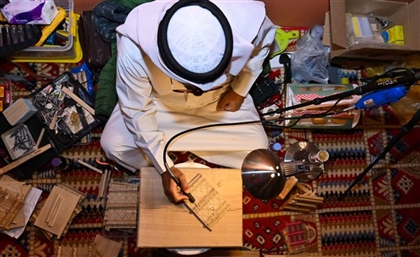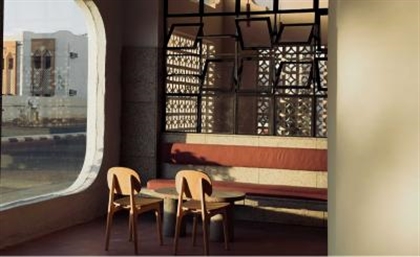OMA's Ethereal Redesign of Turin’s Egyptian Museum Gallery of the King
Blending ancient grandeur with modern design, OMA reimagines Turin’s Gallery of the Kings with glossy aluminium walls.
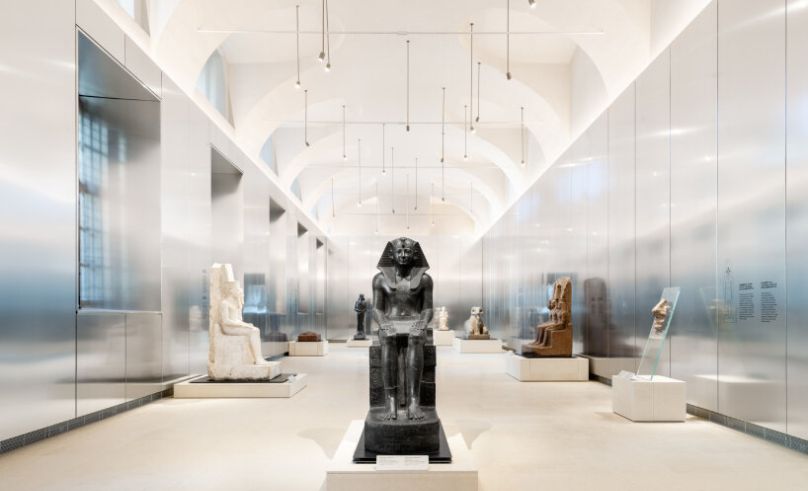
From a black box to an infinitely luminous space, the Gallery of the Kings at the Egyptian Museum in Turin, redesigned by the world-renowned OMA in collaboration with the award-winning Italian practice Andrea Tabocchini Architecture, crafts a surreal journey through history. Commissioned after winning the competition to design it in 2023, the project is a pivotal part of the broader Egyptian Museum revitalization, set for completion in 2025.
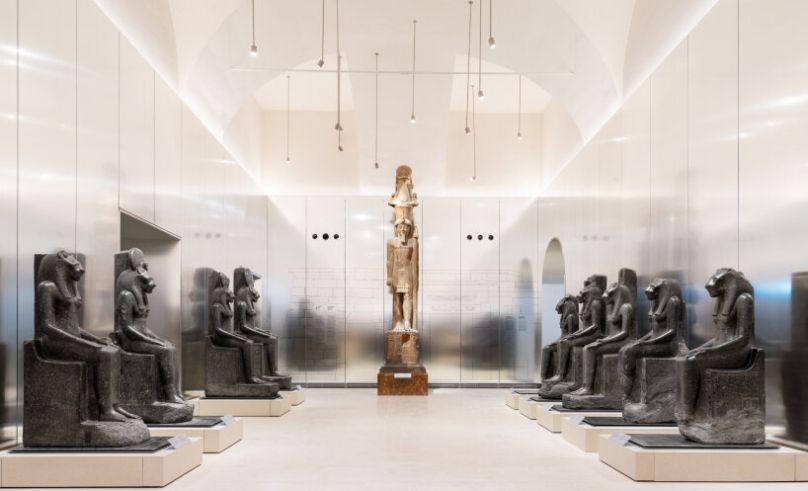
In striking contrast to its predecessor's earthy-toned walls, the new design sweeps in with an ultra-modern vision, while still paying homage to the previous look.
-aa5bbd13-0b63-4722-9496-2249ecef68d8.jpg)
From darkness to light, the journey into the gallery unfolds with an obscure hall enveloping you with its quiet feel, pulling you through a narrow doorway into the radiant glow of the new exhibition space. Aluminum-clad walls reflect the abundant natural light pouring through expansive windows, mimicking the endless feel of the Karnak Temple, creating a luminous atmosphere.
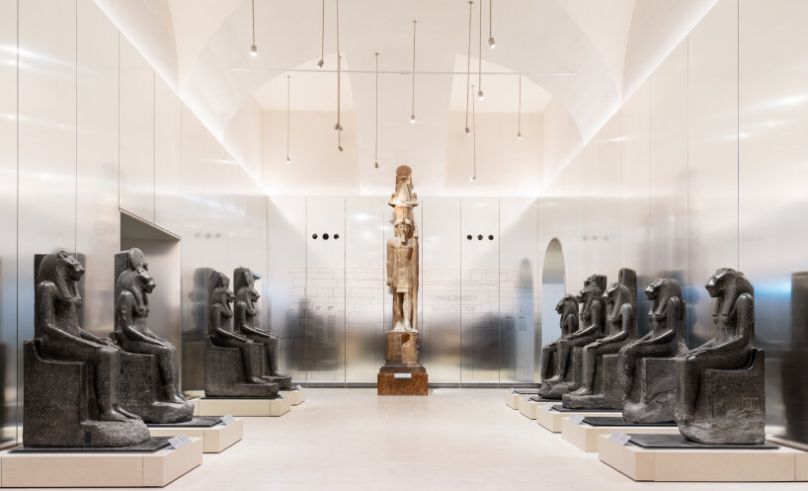
As you enter the first hall, the space opens before you, lined with imposing sphinxes and statues of Sekhmet, each figure standing watch like silent sentinels, to evoke the grandeur of an ancient Egyptian temple. The path leads you forward, building to a climax at the towering statue of Seti II.
-9b4a068d-4e73-4806-b9c7-f81d996a217a.jpg)
Facing Seti, you turn right and move into the second hall, where the atmosphere shifts, to draw you deeper into the temple’s inner sanctum. Here, the statues of kings and gods, including the mighty Ramesses II, fill the space, their regal presence crowned by the serene effigies of the gods Ptah and Amun, inviting awe and reflection.
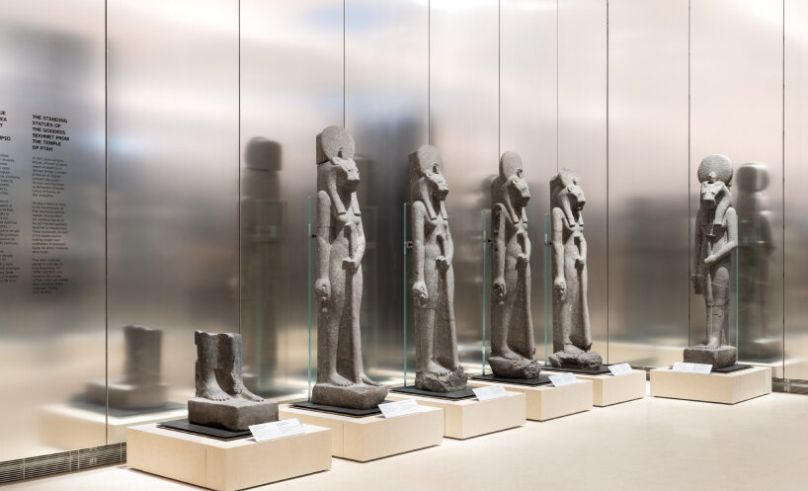
This thoughtful arrangement creates more than just a historical display - it transforms the space into a versatile setting. Beyond evoking the grandeur of ancient temples, it provides a canvas for performances and a stylish backdrop for corporate events, seamlessly blending heritage with modern functions.
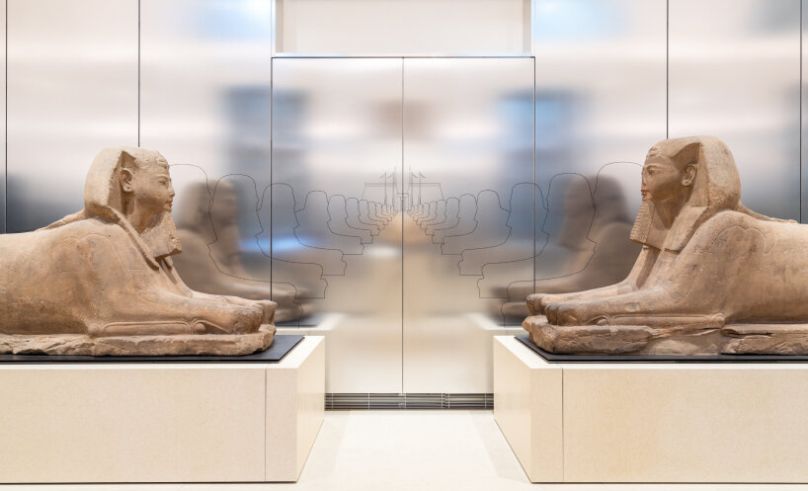 The redesign also reimagines how renovating a space can enhance the value of the artifacts on display. By bringing the statues closer to the ground, their positioning invites visitors to approach, allowing them to fully appreciate the intricate textures and details carved into the stone. This thoughtful adjustment not only enhances the visitor experience but also elevates the significance of each piece, highlighting their craftsmanship in a fresh, engaging way.
The redesign also reimagines how renovating a space can enhance the value of the artifacts on display. By bringing the statues closer to the ground, their positioning invites visitors to approach, allowing them to fully appreciate the intricate textures and details carved into the stone. This thoughtful adjustment not only enhances the visitor experience but also elevates the significance of each piece, highlighting their craftsmanship in a fresh, engaging way.
Photography Credit: Marco Capelletti, OMA, Andrea Tabocchini Architecture
- Previous Article WATCH: Egyptian Filmmaker Hala El Koussy on ‘East of Noon’
- Next Article Monochrome Monday: The Red Dahlia Edition








